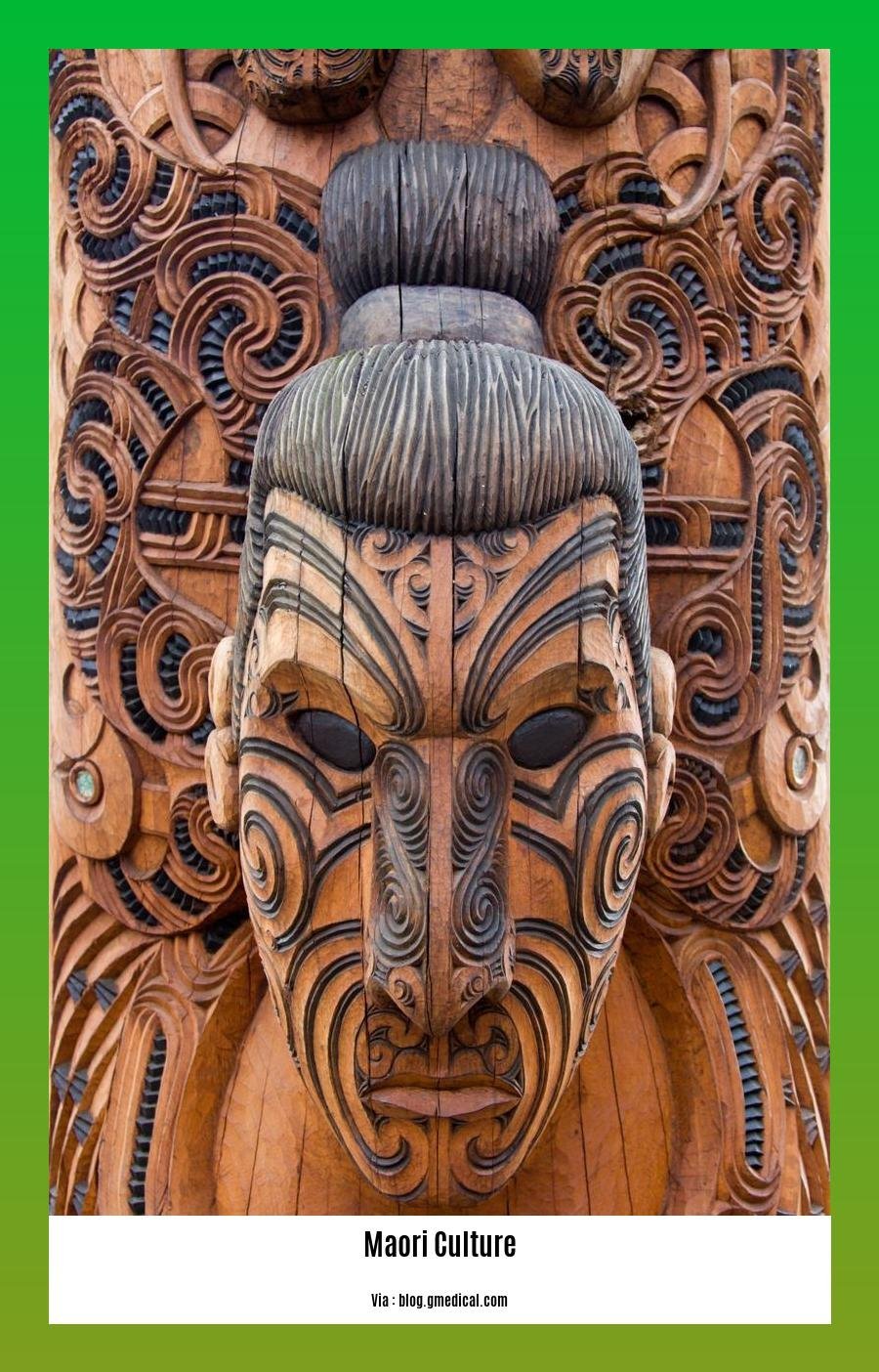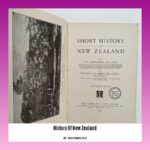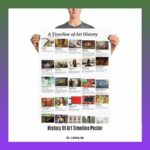Embark on a cultural odyssey as we delve into the rich tapestry of Maori culture. This journey through indigenous traditions unveils the vibrant history, spiritual beliefs, and artistic expressions of the Maori people of Aotearoa, New Zealand. Prepare to be captivated as we unravel the intricacies of this captivating culture, offering insights and perspectives gained from firsthand experiences and a deep passion for indigenous heritage.
Key Takeaways:
- The Maori are the indigenous people of New Zealand, with Polynesian roots.
- Maori language (Te Reo) is an official language, showcasing their oral traditions.
- Maori art and carvings depict creation stories, genealogy, and tribal connections.
- Hongi, haka, and marae are important customs for expressing respect and hospitality.
- Maori culture is integral to New Zealand’s identity and heritage.
- Protected by the Treaty of Waitangi and various initiatives, Maori culture continues to evolve and adapt.
Maori culture: A Journey Through Indigenous Traditions
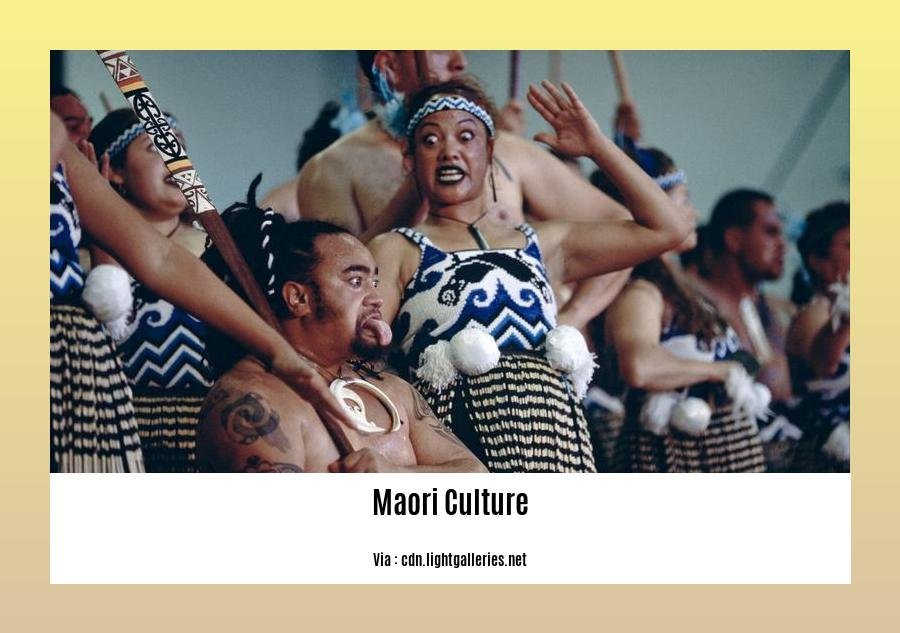
Origins and History
- Maori culture originated in Polynesia over 1,000 years ago, when their ancestors arrived in New Zealand, bringing their unique traditions and beliefs.
Language and Storytelling
- The Maori language (Te Reo) is an official language of New Zealand, reflecting their rich oral traditions and legends. Storytelling is crucial in preserving cultural knowledge.
Art and Carvings
- Maori art depicts their creation story, tribal genealogy, and the struggle between the children of the Sky Father and Earth Mother. Their carvings are awe-inspiring expressions of their creativity.
Customs and Social Behavior
- Maori culture emphasizes respect, hospitality, and identity through practices like the hongi (nose press), haka (war dance), and marae (meeting place).
Cultural Significance
- Maori culture is an integral part of New Zealand’s identity and heritage, influencing everything from music and dance to education and government.
Protection and Preservation
- The Treaty of Waitangi, government institutions, and organizations protect and preserve Maori culture.
Adaptability and Evolution
- Maori culture is dynamic, evolving while preserving its core values and traditions. It continues to shape New Zealand society, showcasing its resilience and creativity.
To learn more about the history of New Zealand, and the European colonization of New Zealand, visit our website. We also have information on New Zealand in the 20th century, the development of intravenous fluids, the uses of intravenous therapy, and the future of intravenous therapy.
Art and Craftsmanship
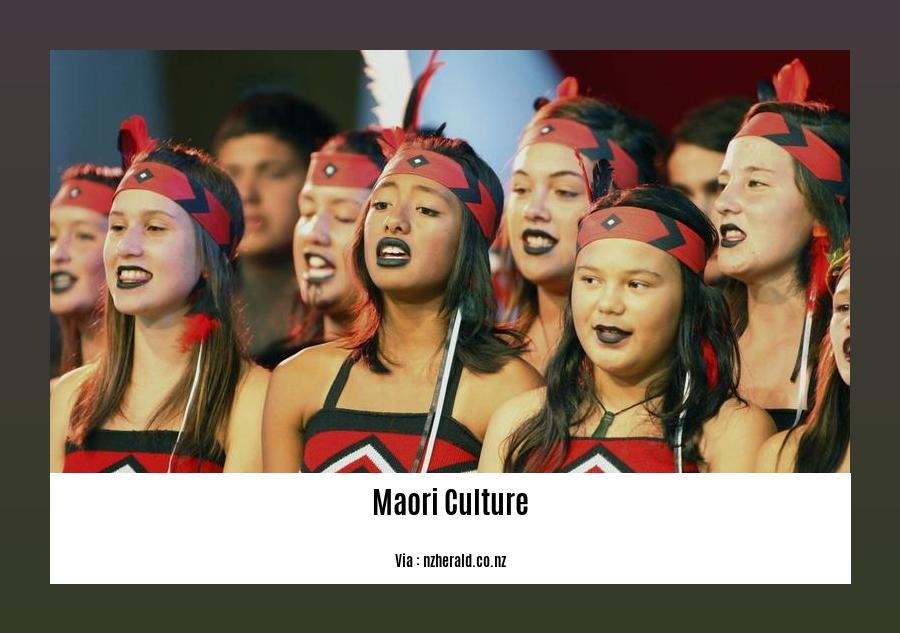
Maori art and craftsmanship are deeply rooted in cultural identity and heritage. They’re not just beautiful objects; they’re tangible expressions of history, present, and future.
Traditional Maori Art
Traditional Maori art and craftsmanship emphasized functionality. Every carving, weaving, and tattoo had a practical purpose, often reflecting creation stories or genealogy.
Carvings: Maori carvings, called whakairo, are renowned for their intricate designs and symbolic meanings. They adorn meeting houses, canoes, and weapons.
Weavings: Maori weaving, known as raranga, uses natural fibers like flax and feathers to create beautiful cloaks, baskets, and mats.
Tattoos: Maori tattoos, called tā moko, are a sacred form of personal adornment and cultural identity. They tell stories of lineage, status, and achievements.
Contemporary Maori Art
Modern Maori artists continue to honor traditions while exploring new forms and interpretations. They use traditional techniques and materials to create contemporary works that reflect their unique perspectives and experiences.
Key Takeaways:
- Maori art and craftsmanship are expressions of cultural identity and heritage.
- Traditional Maori art emphasizes the integration of form and function.
- Contemporary Maori art explores new forms and interpretations of traditional styles.
- Maori art and craftsmanship continue to evolve and shape New Zealand society.
Citation:
- Maori Arts and Crafts | Exploring the Rich Cultural Heritage:
Language and Storytelling
History and Origins
The Maori language (Te Reo) is a vital part of Maori culture, reflecting their unique worldview and history. It’s an official language of New Zealand and has its own distinct grammar and vocabulary.
Storytelling: A Cultural Cornerstone
Storytelling has been the heart of Maori culture for centuries. These stories, passed down through generations, preserve cultural values, traditions, and beliefs. They include creation myths, legends of gods and heroes, and stories about the natural world.
Oral Traditions and Performances
Maori stories were traditionally passed down orally, with skilled storytellers playing a vital role. These stories often took the form of chants, songs, and performances, accompanied by traditional instruments and gestures.
Preserving Cultural Knowledge
Maori storytelling played a crucial role in preserving cultural knowledge and customs. It taught about the environment, history, genealogy, and the proper conduct within the community.
Modern-Day Significance
Today, Maori storytelling remains a vibrant part of contemporary culture. It’s used in education, entertainment, and political discourse to preserve and share Maori identity.
Key Takeaways:
- Maori language is an integral part of Maori culture.
- Storytelling has played a vital role in preserving Maori knowledge and traditions.
- Oral storytelling was the traditional method of passing down stories.
- Maori stories often involve gods, heroes, and the natural world.
- Maori storytelling remains important in contemporary culture.
Most Relevant URL Source:
Modern-Day Influences
Maori culture isn’t stuck in the past. It’s alive and evolving in the 21st century. You can see modern-day influences in:
- Music: Maori artists fuse traditional chants with contemporary beats.
- Dance: Kapahaka groups incorporate hip-hop and modern dance moves.
- Art: Maori artists use new materials and techniques to create stunning carvings and paintings.
- Film: Maori filmmakers are telling their stories on the big screen.
- Education: Maori language and culture are being taught in schools and universities.
- Politics: Maori leaders are playing an active role in shaping New Zealand’s future.
- Business: Maori businesses are thriving, creating jobs and economic opportunities.
Key Takeaways:
- Maori culture is a living, breathing culture that is constantly evolving.
- Modern-day influences are evident in all aspects of Maori life.
- Maori culture is a vibrant and integral part of New Zealand society.
Most Relevant URL Source:
Māori Culture – Shaping the Future of New Zealand
